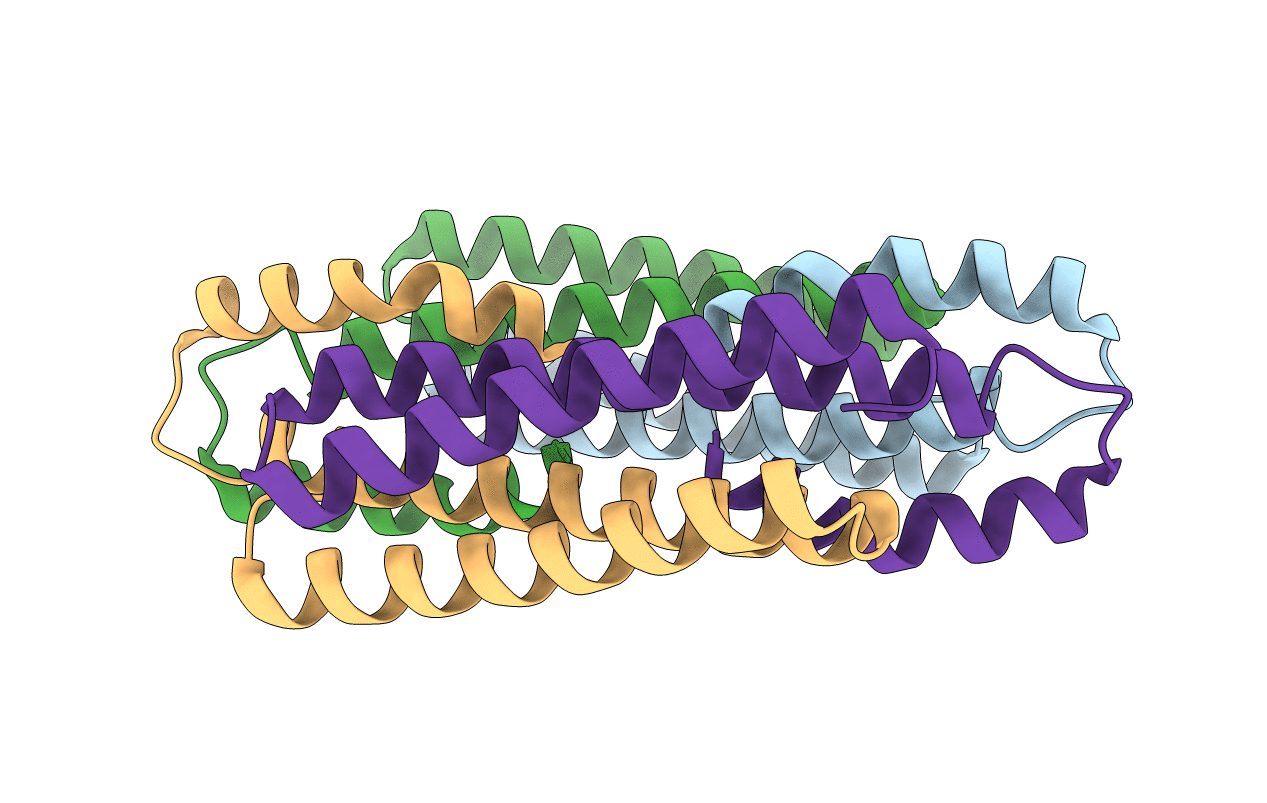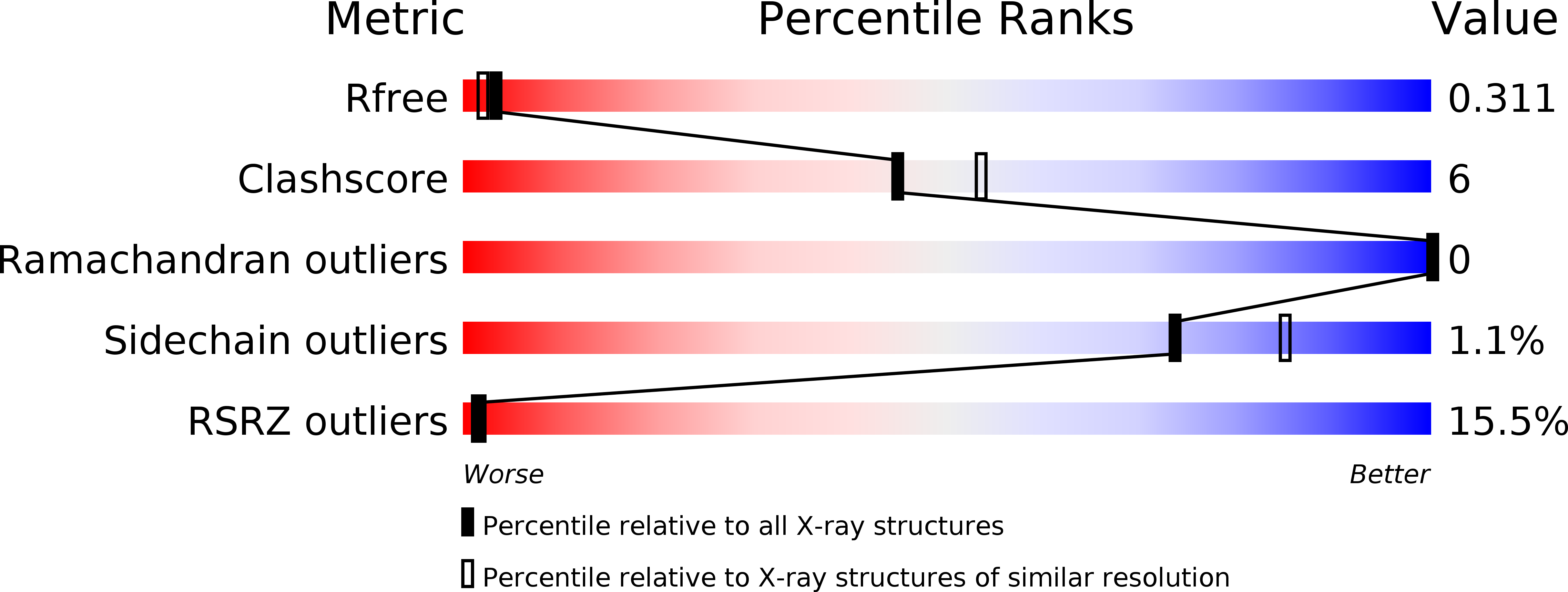
Deposition Date
2016-06-22
Release Date
2016-08-10
Last Version Date
2024-05-08
Entry Detail
PDB ID:
5LCY
Keywords:
Title:
Formaldehyde-Responsive Regulator FrmR E64H variant from Salmonella enterica serovar Typhimurium
Biological Source:
Source Organism:
Salmonella enterica serovar Typhimurium (Taxon ID: 90371)
Host Organism:
Method Details:
Experimental Method:
Resolution:
2.19 Å
R-Value Free:
0.31
R-Value Work:
0.24
R-Value Observed:
0.24
Space Group:
P 1 21 1


